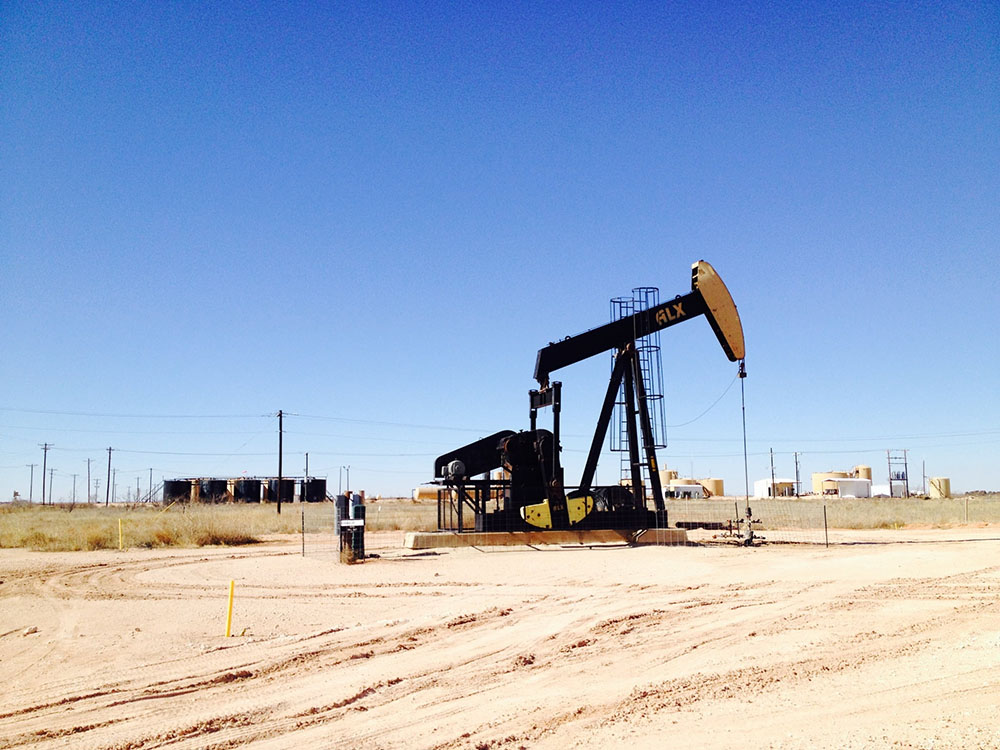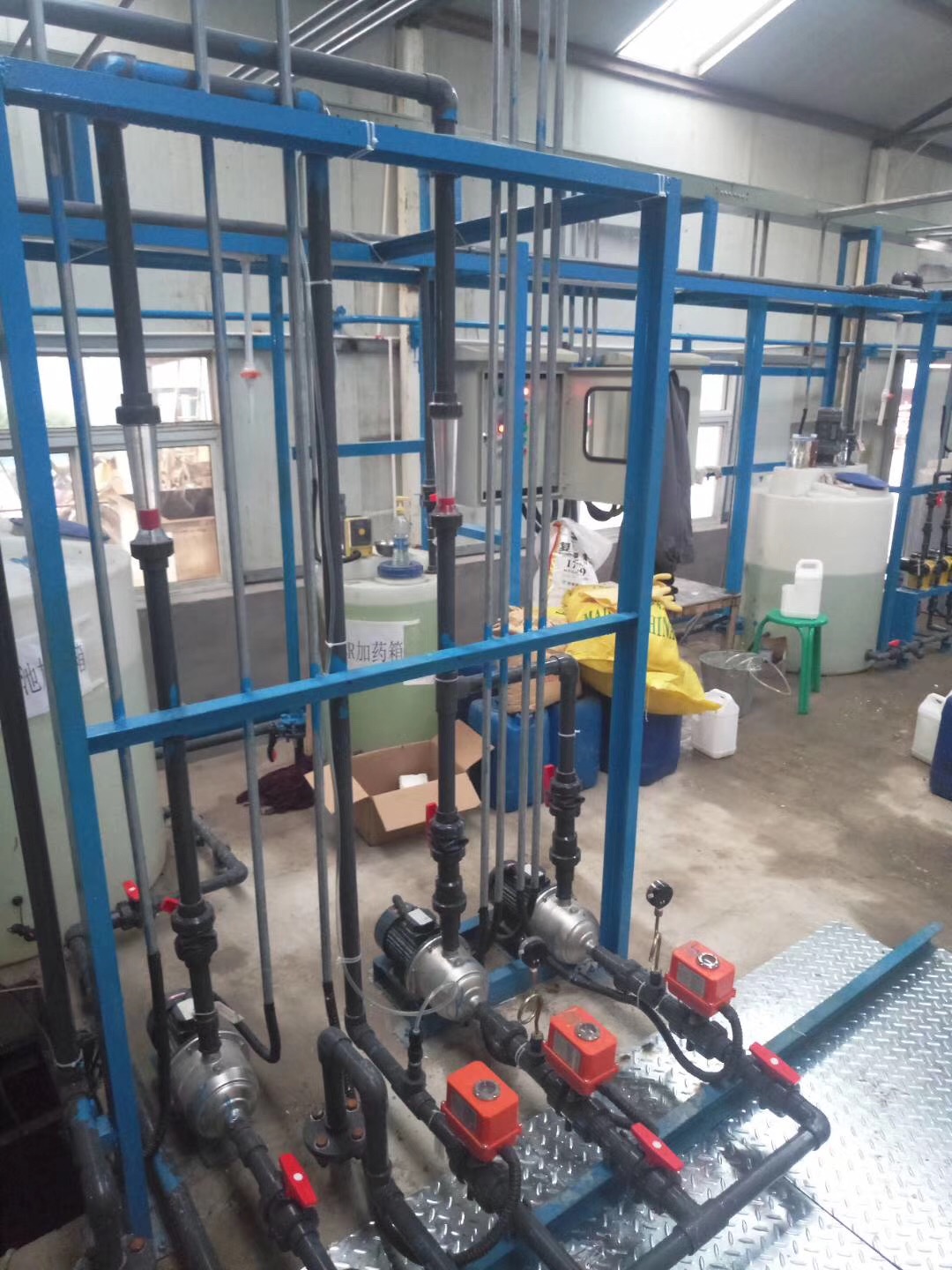Membrane bioreactors (such as membrane bioreactors MBR or biofilter systems) combine biofilm method with membrane separation technology and have the following core advantages:
1. Efficient solid-liquid separation and water quality stability
Absolute filtration is achieved through microfiltration membrane components.reduceThe suspended solids (SS) and turbidity of the effluent (usually SS < 5 mg/L) can beAsReusewateror Recycled Water ResourcesReuse.
High sludge concentration (MLSS can reach 6000~10000 mg/L), increasing volumetric load, shortening sewage retention time, and saving more than 30% of land compared with traditional processes.
2. Shock load resistance and adaptability
The biofilm system has diverse microorganisms (including aerobic/anaerobic bacteria) and is highly tolerant to water quality fluctuations, making it suitable for the treatment of high-concentration organic wastewater or industrial wastewater.
Slowly growing microorganisms such as nitrifying bacteria are retained, which enhances the denitrification efficiency (ammonia nitrogen removal rate ≥ 90% under A/O or A²/O process).
3. Sludge reduction and easy management
Through biological autolysis, the sludge production is reduced by more than 50% compared with the traditional activated sludge method, reducingWastewater treatmentcost.
Automatic PLC controlSewage treatment system, reduce manual operations,DIPoppositeFlushing systemMaintenance is performed through preset procedures, which is suitable for modular expansion or renovation of old plants.
4. Environmental compatibility
The closed design reduces noise, odor, and secondary pollution; it operates with low energy consumption (saving 20%~30% energy compared to traditional processes), meeting environmental protection and economic requirements.
Comparison of water quality before and after treatment (example)
| index | Before treatment (municipal sewage) | After treatment (MBR system) | Removal rate |
| COD (mg/L) | 300~500 | ≤50 | 90%~95% |
| BOD₅ (mg/L) | 200~300 | ≤10 | More than 95% |
| SS (mg/L) | 150~250 | ≤5 | More than 98% |
| Ammonia nitrogen (mg/L) | 40~60 | ≤5 | 90%~95% |
| Total phosphorus (mg/L) | 8~12 | ≤0.5 | More than 95% |
| Turbidity (NTU) | 20~30 | ≤1 | More than 97% |
Effect summary:
●Before treatment, the sewage was turbid with high content of organic matter and suspended solids. After treatment, the effluent was clear and transparent, and the water quality was close to the Class IV surface water standard, meeting the requirements for reuse or discharge.
●The microorganisms are intercepted thoroughly, the use of disinfectants is reduced, and the safety of recycled water is improved.
Through the technical advantages of the membrane bioreactor, sewage treatment achieves efficient, stable and low-consumption closed-loop management, which is suitable for urban sewage, industrial wastewater and resource recovery scenarios.

生化膜反应器14-1024x768.jpg)




